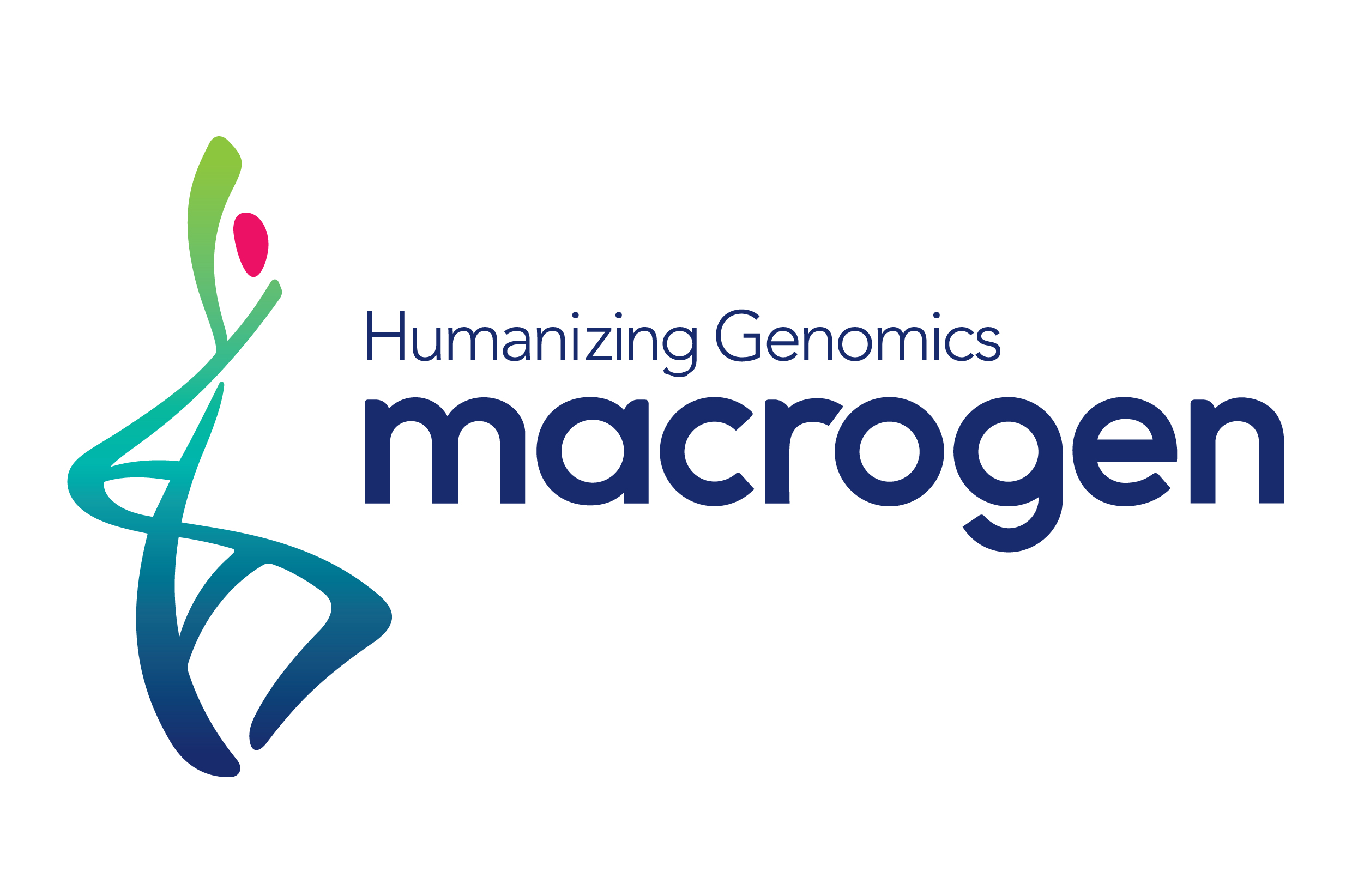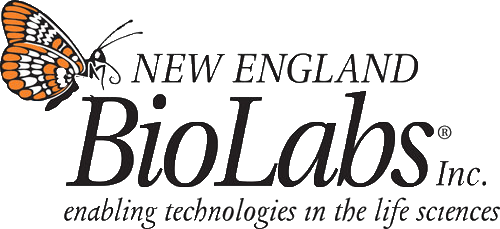Team:DTU-Denmark/Project
The Synthesizer
Theory
Non-Ribosomal Peptide Synthetases
Nonribosomal peptides (NRP) are class of peptide secondary metabolites with a broad range of biological activities. Clinical uses include antibiotics, immunosuppressants, antifungal and antitumor drugs [1].
The diversity of these peptides can be explained by the way they are synthesized [2]. NRPs are not synthesized through translation but rather by sequential condensation of amino acids by large multimodular enzymes called nonribosomal peptide synthetases (NRPS) [1,3]. These NRPSs do not rely on external templates in order to synthesize their products but carry their own within their amino acid sequence. They consist of multiple modules that each are responsible for incorporating one additional amino acid unto the growing peptide chain much like an assembly line [2].
Each module, with the exception of the initiation, consists of at least three domains, these domains are responsible for activating the monomer (adenylation (A) domain), holding the activated monomoer (peptidyl carrier protein (PCP) domain) and amino acid condensation (condensation (C) domain). The latter is lacking in initation modules and the terminal module contains an additional required domain responsible for termination and release of the product (thioesterase (TE) domain) [3].
In some modules the condensation domain is replaced by a cyclisation domain leading to cyclic structures and other optional modules mediate modifications of the incorporated monomers, such as methylation and oxidation domains. Epmerisation domains facilitate the incorporation of D-amino acids [4]. In fact more than 500 monomers have been identified in NRPs and these peptides often have a complex structure including branches and cycles giving them their biological activities [5]
Adenylation domains
The Adenylation domains are responsible for activating and attaching the amino acid monomers to the PCP domain. They act as gatekeepers, ensuring that only the desired monomers are incorporated. They may be highly specific, only binding a single amino acid, or as in the case with Tyrocidine, see below, allow multiple similar amino acids to be incorporated in the peptide [2].
In the late 1990's the so called specificity-conferring code of A domains was revealed [6]. This code consists of the 10 amino acids, which were identified by sequence alignments to the first solved A domain crystal structure PheA [7], that are responsible for substrate binding.
Peptidyl carrier protein domains
The monomers are covalently bound to the PCP domains through thioester bonds. Before they can accept the monomers, they must be activated by posttranslational modification. A 4'-phosphopantetheinyl transferases (PPTase) transfers a 4'-phosphopantetheine (4'-PP) moiety, carrying the sulfhydryl group required for thioester bond formation, from coenzyme A to a conserved serine residue in the PCP domain [3].
Condensation domains
Elongation of the peptidyl chain is performed by the C domains, which catalyze the condensation of the peptidyl chain bound to the upstream PCP domain and the amino acid bound to the downstream PCP domain. These domains have a strong stereoselectivity and may have some specificity towards the side chain of the amino acid incorporated by the A domain of the same module, whereas little specificity has been observed towards the peptidyl chain [8].
Thioesterase domains
...
Epimerization domains
D-amino acids may be incorporated directly in their D-form or may be the result of an epimerization domain, in which case the C domain controls the stereoselectivity, ensuring incorporation of the correct isomer [5,8].
Tyrocidine
Tyrocidine is a commercially available mixture of non-ribosomal antibiotic synthesized by Bacillus brevis. It consists of four decapeptides varying at 3 amino acids. The tyrocidine synthetase is split across three enzymes, Tyrocidine Synthetase A-C, containing 1, 3 and 6 modules. The different analogues are all synthesized by the same enzymes and vary because some of the modules incorporate structurally similar amino acids [REF].
| Amino acid position | |||
|---|---|---|---|
| Tyrocidine | 3 | 4 | 7 |
| A | L-Phe | D-Phe | L-Tyr |
| B | L-Trp | D-Phe | L-Tyr |
| C | L-Trp | D-Trp | L-Tyr |
| D | L-Trp | D-Trp | L-Trp |
Tyrocidine has an unique mode of acton wherein it disrupts the function of the cell membrane. Unfortunately it is very toxic towards human blood and reproductive cells and can only be used topically. Due to these factors it is a favorable target for engineering derivatives [REF].
Multiplex Automated Genome Engineering:

Recombination-mediated genetic engineering (recombineering) utlises homologous recombination to facilitate genetic modifications at any desired target by flanking the mutated sequence with homologous regions. One system for recombineering in E. coli is the λ phage derived λ Red, consisting of the genes encoding three proteins, Gam, Exo and Beta. Gam prevents degradation of linear dsDNA by inhibition of nucleases, Exo degrades dsDNA in a 5'-3' direction yielding ssDNA and Beta facilitates recombination by binding to the ssDNA [9].
Multiplex Automated Genome Engineering (MAGE) is a method for rapid and efficient targeted programming and evolution of cells through cyclical recombineering using multiple single-stranded DNA oligonucleotides (oligos) [10].
Through MAGE it is possible to simultaneously target many different loci or target the same locus with a pool of multiple and/or degenerate oligos. By using multiple oligos targetting the same locus, it is possible to generate a library of mutants varying only at the target locus in a short amount of time. Thus it is easy to quickly generate a library of e.g. enzymes with modified active sites [11].
The genetic variation in the population will be a function of the degenerate pool complexity and combinatiorial arrangement of the modifications at different loci [10].
The MAGE protocol utilises the λ Red recombination system in combination with an (temporary) inactivation of the mismatch repair system and consists of 7 steps that can be done with standard laboratory equipment [11]. As MAGE utilises oligos, only the Beta protein of the λ Red system is required.
First the cells are grown to mid-log phase, followed by induction of beta. The cells are then chilled to 4°C and washed with cold water to make the cells competent. Then the oligos are added to the cells, which are electroporated and allowed to recover for 2-3 hours before repeating the cycle [11].
See figure.
Recombineering in Bacillus subtilis:
While the λ Red system mentionen above facilitates efficient recombineering in E. coli this system is less efficient in the distantly related species B. subtilis. A more efficient recombineering system for B. subtilis can be obtained by utilizing the gene products of the gene regions 34-36 of the a native B. subtilis phage SPP1. This system yields higher efficiency compared to λ Red in B. subtilis, but lower efficiency in E. coli. It appears that when developing recombineering systems for different bacteria, they should be based on native phages or those of close relatives [12].
In the SPP1 derived system the gene product of region 34 (GP34) encodes an endonuclease similar to λ Exo and GP35 is a recombinase protein similar to Beta and GP36 is a ssDNA binding protein [13,14].
Chip oligonucleotide synthesis:
Traditional column-based oligo synthesis is costly for large scale MAGE experiments. Synthesis of 1000 90-mer oligos costs about 17,500 USD [REF]. An alternative to this method is to use Microchip DNA arrays to synthesize the oligos on, with the advantage that the price scales with the number of chips instead of the number of oligos. Thus it is possible to have up to 12,472 130-mer oligos synthesized for 2,000 USD and up to 92,918 oligos for 5,000 USD (http://customarrayinc.com/oligos_main.htm).
This method however comes with a few disadvantages. The oligo amount comes in the picomolar range and is delivered as a single mix of all the oligos. Because of these disadvantages an extra processing step is necessary in order to use them for MAGE experiments.
The oligos are synthesized with two 20 nucleotide flanking sequences (barcodes). These barcodes must add a thymidine immediately upstream and a DpnII restriction site immediately downstream of the oligo, while the rest of the barcodes can be designed for amplification with a specific primer.
The thymidine allows amplification with an uracil-containing primer so that the barcodes can be excised from the oligos with USER enzyme, DnpII and a guide primer [15].
Oligo design:
While the recombination frequency of MAGE can be increased by doing multiple cycles, care should be taken when designing oligos to ensure high efficiency for each individual cycle. There are several parameters that can be optimized to increase the recombination frequency.
The oligos should target the lagging strand of the replication fork as this is 10-100 times more efficient compared to targetting the leading strand, and the folding energy of the oligo should be considered, as it may form hairpins if it is too low, preventing incorporation.
The frequency is also dependent on the length of the oligo, as shorter oligos are less efficient due to their lower hybridization energy to the chromosome, while longer oligos have a higher tendency to form hairpins. 70-90-mer oligos seem to be the most efficient [11].
Designing many optimized oligos for MAGE experiment is a time consuming task. Considering a 90-mer oligo with a single mismatch and 15nt homology arms results in 60 possible oligos with different secondary structures and consequently different recombineering efficiencies. Much of the time spent on designing oligos can be saved by using the online tool MODEST [16].
Hypotheses
The first hypotheses of our project was, that we could design a B. subtilis capable of oligo mediated transformation.
To do this, we decided to make a knockout of the mutSL operon and insert either beta from the E. coli lambda phage or gene 35 from the B. subtilis phage SPP1.
The second hypotheses was, that using oligos we could specifically alter the specificities of NRPS A domains, to generate libraries of NRPS derivatives. This approach may however be somewhat limited by C domain specificities.
Results
Bacillus subtilis capable of oligo mediated genome engineering ...
NRPS A domain modification ...
Allellic replacement efficiency.
1-5 mm 90-mer oligos.
50-110-mer 1 mm oligos.
Modelling
Allelic replacement
While allelic replacement efficiencies is high in some cases such as 1-bp mismatches, the efficiency decreases with the increase in size of replacement. The lower efficiency can be overcome by cyclic iterations with the oligo pool on the same cell population [11].
We tested allelic replacement with 90-mer oligos containing 1-5 mismatches and 50-110-mer oligos containing 1 mismatch.
The frequency of allelic replacement after n cycles can be calculated by:
\(f = 1-(1-RE)^n\)
Leading to N required cycles to obtain a frequency F:
\(N = {log(1-F) \over log(1-RE)}\)
Discussions
We have decided to focus on the adenylation domains of nonribosomal peptide synthetases in this project. However, as was described above, condensation domains may also exhibit some levels of selectivity towards the incorporated amino acids. Our approach could also be extended towards C domain specificity in order to investigate and elaborate on how C domain specificity is determined.
For our B. subtilis strain, we decided to go with a complete knockout of the mutSL operon, which is likely to result in a genomically unstable strain that is not suitable for industrial fermentations etc. An improved strain would contain elements for inducible repression of MutSL and expression of Beta/GP35.
Conclusions
Our experiments show, that Beta/GP35 in combination with a MutSL knockout is capable of efficient oligo mediated genome engineering.
Adenylation domain conclusions ..
References
- Walsh, C. T. (2008). The Chemical Versatility of Natural-Product Assembly Lines. Acc. Chem. Res., 41(1), 4–10. doi:10.1021/ar7000414
- Strieker, M., Tanović, A., & Marahiel, M. A. (2010). Nonribosomal peptide synthetases: structures and dynamics. Current Opinion in Structural Biology, 20(2), 234–240. doi:10.1016/j.sbi.2010.01.009
- Finking, R., & Marahiel, M. A. (2004). Biosynthesis of Nonribosomal Peptides 1 . Annu. Rev. Microbiol., 58(1), 453–488. doi:10.1146/annurev.micro.58.030603.123615
- Caboche, S., Pupin, M., Leclere, V., Fontaine, A., Jacques, P., & Kucherov, G. (2007). NORINE: a database of nonribosomal peptides. Nucleic Acids Research, 36(Database), D326–D331. doi:10.1093/nar/gkm792
- Caboche, S., Leclere, V., Pupin, M., Kucherov, G., & Jacques, P. (2010). Diversity of Monomers in Nonribosomal Peptides: towards the Prediction of Origin and Biological Activity. Journal of Bacteriology, 192(19), 5143–5150. doi:10.1128/jb.00315-10
- Stachelhaus, T., Mootz, H. D., & Marahiel, M. A. (1999). The specificity-conferring code of adenylation domains in nonribosomal peptide synthetases. Chemistry & Biology, 6(8), 493–505. doi:10.1016/s1074-5521(99)80082-9
- Conti, E. (1997). Structural basis for the activation of phenylalanine in the non-ribosomal biosynthesis of gramicidin S. The EMBO Journal, 16(14), 4174–4183. doi:10.1093/emboj/16.14.4174
- Lautru, S. (2004). Substrate recognition by nonribosomal peptide synthetase multi-enzymes. Microbiology, 150(6), 1629–1636. doi:10.1099/mic.0.26837-0
- Mosberg, J. A., Lajoie, M. J., & Church, G. M. (2010). Lambda Red Recombineering in Escherichia coli Occurs Through a Fully Single-Stranded Intermediate. Genetics, 186(3), 791–799. doi:10.1534/genetics.110.120782
- Wang, H. H., Isaacs, F. J., Carr, P. A., Sun, Z. Z., Xu, G., Forest, C. R., & Church, G. M. (2009). Programming cells by multiplex genome engineering and accelerated evolution. Nature, 460(7257), 894–898. doi:10.1038/nature08187
- Wang, H. H., & Church, G. M. (2011). Multiplexed Genome Engineering and Genotyping Methods. Synthetic Biology, Part B - Computer Aided Design and DNA Assembly, 409–426. doi:10.1016/b978-0-12-385120-8.00018-8
- Sun, Z., Deng, A., Hu, T., Wu, J., Sun, Q., Bai, H., … Wen, T. (2015). A high-efficiency recombineering system with PCR-based ssDNA in Bacillus subtilis mediated by the native phage recombinase GP35. Applied Microbiology and Biotechnology, 99(12), 5151–5162. doi:10.1007/s00253-015-6485-5
- Vellani, T. S., & Myers, R. S. (2003). Bacteriophage SPP1 Chu Is an Alkaline Exonuclease in the SynExo Family of Viral Two-Component Recombinases. Journal of Bacteriology, 185(8), 2465–2474. doi:10.1128/jb.185.8.2465-2474.2003
- Seco, E. M., Zinder, J. C., Manhart, C. M., Lo Piano, A., McHenry, C. S., & Ayora, S. (2012). Bacteriophage SPP1 DNA replication strategies promote viral and disable host replication in vitro. Nucleic Acids Research, 41(3), 1711–1721. doi:10.1093/nar/gks1290
- Bonde, M. T., Kosuri, S., Genee, H. J., Sarup-Lytzen, K., Church, G. M., Sommer, M. O. A., & Wang, H. H. (2015). Direct Mutagenesis of Thousands of Genomic Targets Using Microarray-Derived Oligonucleotides. ACS Synthetic Biology, 4(1), 17–22. doi:10.1021/sb5001565
- Bonde, M. T., Klausen, M. S., Anderson, M. V., Wallin, A. I. N., Wang, H. H., & Sommer, M. O. A. (2014). MODEST: a web-based design tool for oligonucleotide-mediated genome engineering and recombineering. Nucleic Acids Research, 42(W1), W408–W415. doi:10.1093/nar/gku428











